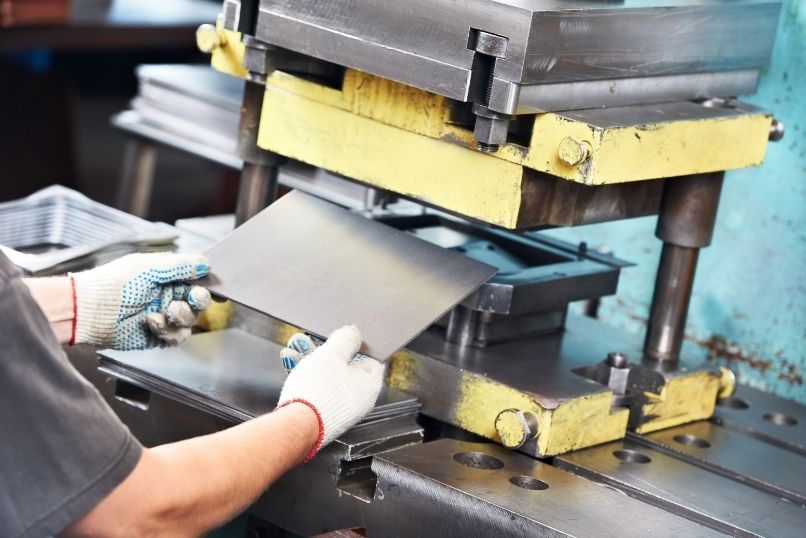Some metals are weak and pliable in their natural state. For example, bronze and iron are both weak in their natural state, but there are many processes that strengthen these types of metals. After these processes, many industries can use these metals for all kinds of applications. Here are a few of the different procedures that make metals stronger.
Solution Hardening
One way to create metal alloys is solution hardening. Despite its complicated name, the concept of solution hardening is simple. Manufacturers will mix one metal with another to make a strong alloy. To do this, both metals must be in liquid form. The high temperature allows one metal to meld with the other. However, you can only add a certain amount of one metal to the other; otherwise, you will create excess since only a certain amount of one metal can meld with the other.
Cold Working
Another way manufacturers strengthen metals is by using a process called cold working. Instead of changing the components of a metal, cold working changes the metal’s shape. Unlike many other processes, cold working does not require heat. To strengthen a metal, cold working applies immense pressure to a metal, changing the crystalline structure of the metal to make it stronger. A machine will use two rollers or small holes to compress and strengthen the metal. After undergoing this process, the metal is much stronger and more durable, but it also becomes less ductile. The metals that usually undergo this process are steel, copper, and aluminum.
Transformation Hardening
Transformation hardening is often used to improve the strength of steel. The process involves both heating and cooling a metal, which creates microstructures within the metal. These microstructures make the metal stronger and tougher. To perform transformation hardening, a manufacturer follows three steps.
1. The first step is called austenitizing. In this process, the manufacturer will heat the metal to a critical temperature, which changes the molecular structure of the metal.
2. Next, the manufacturer will cool the steel quickly. This process is called quenching. The manufacturer must cool the metal quickly to prevent other materials, such as pearlite and cementite, from forming during the process.
3. Finally, the manufacturer will heat the metal to a temperature between 400 to 1,300 degrees Fahrenheit. This step reduces the brittleness of the metal. Then, the manufacturer will allow the metal to cool slowly to create the finished product.
Precipitation Hardening
The final process that manufacturers use to strengthen metals is precipitation hardening. To strengthen the metal, manufacturers will heat the metal to high temperatures. During this process, solid impurities form on the metal. These impurities strengthen the metal and make it more durable by preventing movement or dislocations of the material.
These are the different procedures that make metals stronger. To summarize, the procedures that make metals stronger are precipitation hardening, transformation hardening, cold working, and solution hardening. If your business requires strong metal alloys or 430fr stainless steel suppliers, reach out to our team at Diversified Metals. We provide many types of strong, durable, and reliable metals that can be used for any industry.

